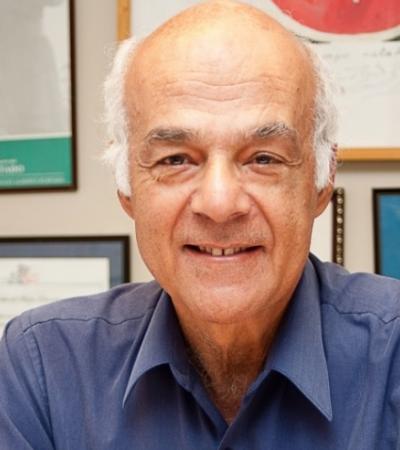"The Rise and Fall of Capital Markets in the Southern Cone"
Abstract
This paper analyzes the attempts in Argentina, Chile and Uruguay in the 1970s to solve the problem of slow growth by liberalizing the economic system. Neoconservative policymakers in these countries sought to abolish the interventionist paradigm which had prevailed since the Great Depression. They particularly criticized the previous policy of "financial repression" and argued that the capital market, the central mechanism for allocating financial resources, should not be determined by the discretional authority of the government but by the forces of supply and demand. Thus, an important part of their policy from the beginning was to create domestic capital markets and open them up to the outside world. The resulting financial systems were in a state of total collapse by the time the neoconservative experiences came to a close: Real interest rates remained high throughout the period without producing corresponding advantages and despite large capital inflows from abroad. The author agrees that the domestic capital markets were repressed and underdeveloped at the start. However, he argues that financial liberalization should not take place without first (1) stabilizing prices; (2) overcoming segmentation within the domestic capital market and between the domestic and international markets; (3) ensuring the operation of long term capital markets; (4) enforcing banking regulations; and (5) introducing alternative mechanisms to ensure that liberalizing interest rates will in fact increase national savings and investment rather than simply releasing consumption demand.
Resumen
Este trabajo analiza los esfuerzos en Argentina, Chile y Uruguay en los años setentas por resolver el problema del lento crecimiento mediante la liberalización del sistema económico. Las políticas neoconservadoras de estos países procuraron abolir el paradigma intervencionista que había prevalecido desde la Gran Depresión. Los equipos económicos particularmente criticaron la política anterior de "represión financiera" y argumentaron que el mercado del capital, el mecanismo central para asignar los recursos financieros, no debería ser determinado por la autoridad discrecional del gobierno, sino por las fuerzas de la oferta y la demanda. Así, una parte importante de su política, desde el principio, fue la de crear mercados nacionales de capital y abrirlos al mundo exterior. Cuando las experiencias neoconservadoras llegaron a su conclusión los sistemas financieros se encontraban en un estado de colapso total: las tasas de interés real permanecieron altas durante todo el período sin producir las ventajas correspondientes y a pesar de las grandes afluencias de capital del extranjero. El autor está de acuerdo en que los mercados nacionales de capital se encontraban reprimidos y subdesarrollados al principio. Sin embargo, argumenta que la liberalización financiera no debería tener lugar sin primero (1) estabilizar los precios; (2) superar la segmentación dentro del mercado nacional de capital y entre los mercados nacional e internacional; (3) asegurar la operación de mercados de capital a largo plazo; (4) hacer valer los reglamentos bancarios; (5) introducir mecanismos alternativos para asegurar que la liberalización de las tasas de interés de hecho incremente el ahorro y la inversión nacionales, en vez de simplemente liberar la demanda de consumo.






